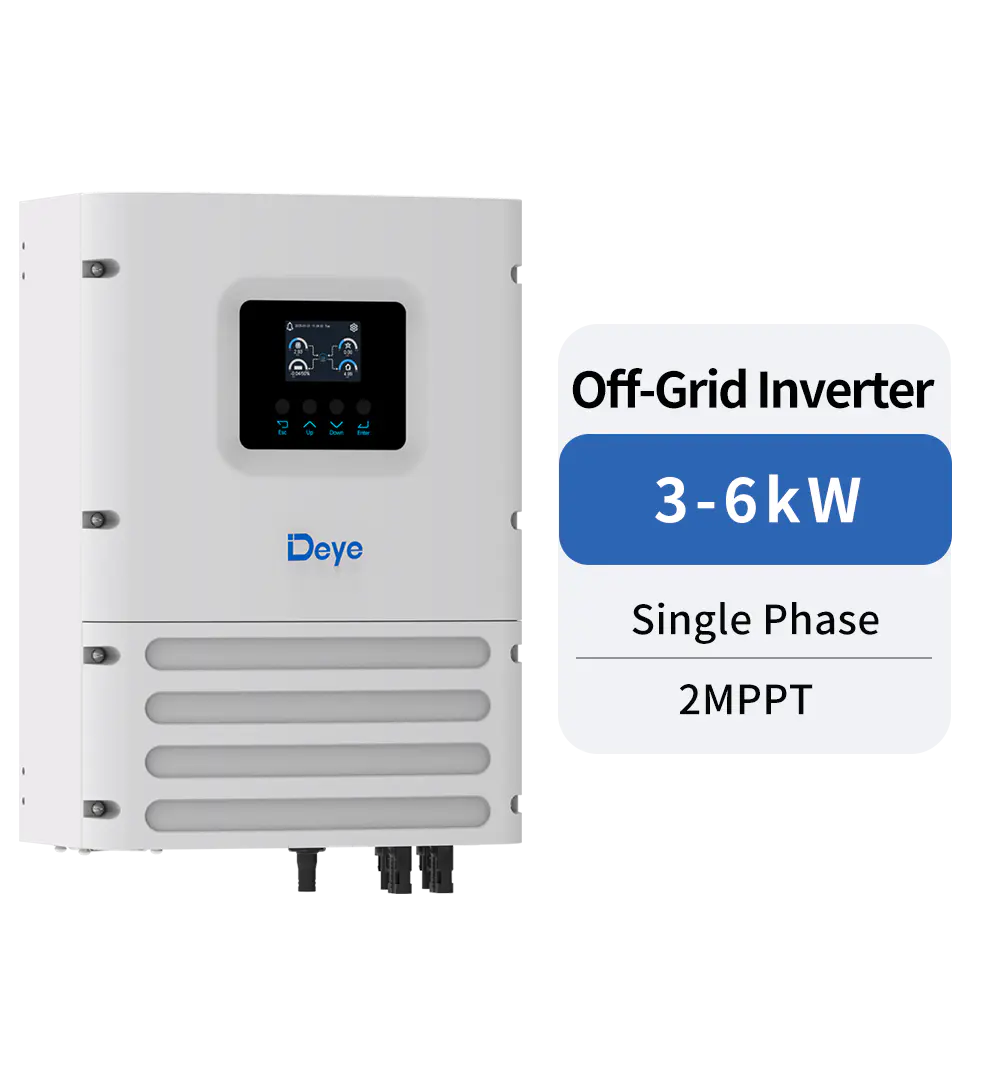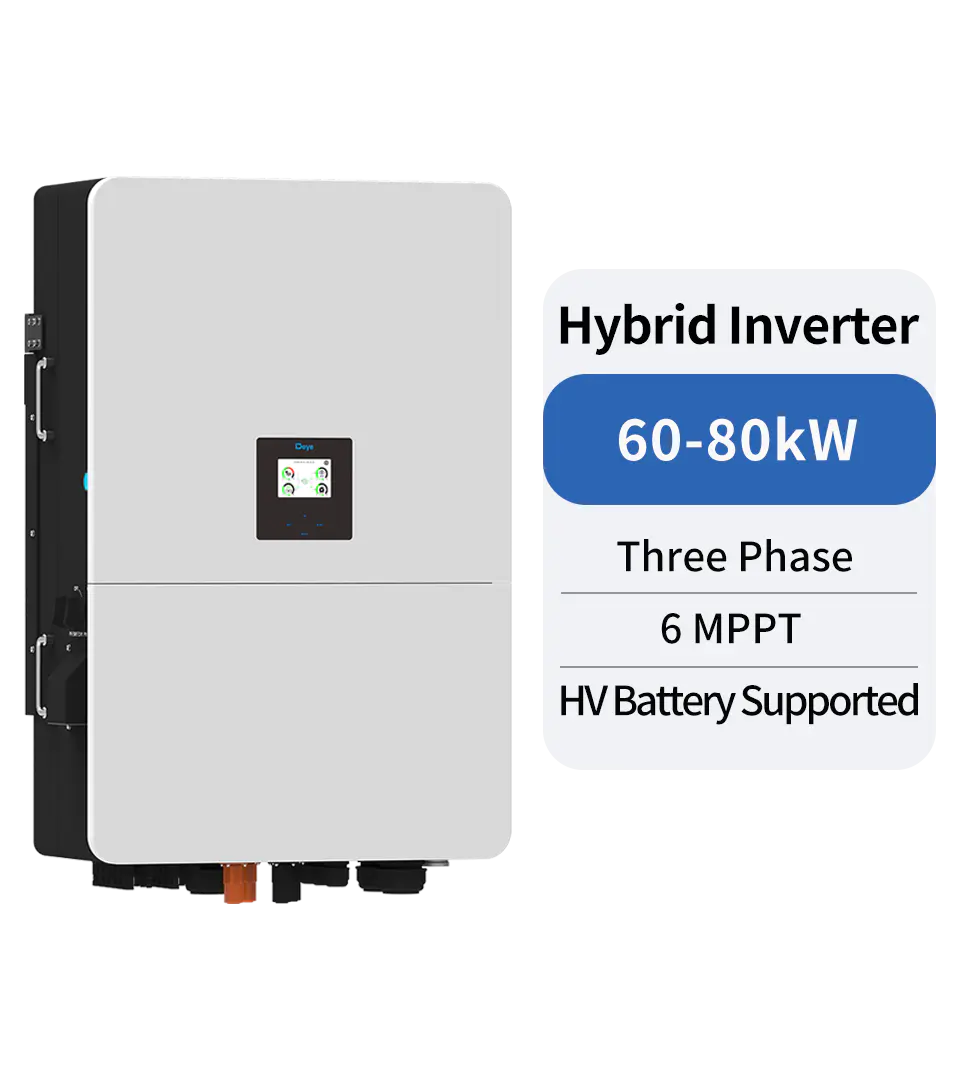Technical Topics
Using a 2 MPPT Hybrid Inverter
Using a 2 MPPT Hybrid Inverter is a great way to increase the power output of your solar panels. These inverters are available in a range of sizes, so you can easily find the one that better suits your needs. There are also Multi-Mode inverters, which combine the output from a traditional inverter with the power of a battery pack.
Basic hybrid solar battery inverters
Using a hybrid solar battery inverter can offer several advantages. These include the ability to produce and store electricity, provide a backup power source, and improve the overall performance of your solar system. The hybrid inverter can also help reduce your carbon footprint.
While there are many benefits to owning a hybrid system, it's important to choose equipment based on your current energy needs. This will help you save money in the long run and make the more of your investment.
The basic hybrid solar battery inverter functions just like a traditional grid-tied inverter, but it also allows you to store some energy in a battery system for self-use. These systems typically include an inverter, an optimizer, and a storage battery. The optimizer helps mitigate energy loss from partial shading, while the storage battery provides backup power in case of a power outage.
Some hybrid inverter models also include a "magic" button that allows you to convert your AC power into DC power. This is because hybrid inverters use pulse width modulation to turn DC current on and off, thus converting it into AC.
Multi-Mode hybrid inverters
Designed to operate in either on-grid or off-grid, a multi-mode hybrid inverter offers a bit more power than your basic hybrid inverter. It can power your home and feed surplus power to the grid. It also functions as a battery inverter.
Hybrid inverters are available as standalone units or as a part of a larger, all-in-one system. Both work by combining solar power with battery storage to deliver reliable electricity to your home.
In addition to the ability to charge batteries, hybrid inverters can also provide backup power in case of a power outage. Some models have a capped amount of electricity they can deliver during a blackout, while others allow full power to flow from the battery to your loads. Depending on the model and your needs, you can choose between the two.
A multi-mode hybrid inverter can be a standalone unit or a part of a larger system. Multi-mode inverters are the next generation of hybrid inverters, offering a bit more power than the basic hybrid inverter. They are designed to work in either off-grid or on-grid, and can backup basic power circuits and light circuits.
Off-grid inverters
Choosing the right inverter is critical. There are a number of different types available in the Australian market. You should take a moment to look at the specifications of each model and compare them. Some of the guiding brands include Fronius, Growatt and Solis.
You can choose an off-grid or grid-tied inverter. If you're looking for a cheaper solution, you may want to look at an off-grid inverter. Most off-grid inverters are designed to work on their own. They have a DC battery charger output, but they aren't intended to feed into the utility grid.
If you want to feed your electricity into the utility grid, you'll need a hybrid inverter. They are designed to convert DC power from a solar array to AC power. They are more affordable than grid-tied inverters and easier to install.
Some of the features of hybrid inverters include max. power point tracking (MPPT), which ensures that your solar power system works at its optimum. The MPPT function converts the DC power to the optimum voltage for the battery's max. charge. This ensures that your system will work properly under any condition.
Design and installation flexibility
Using the dual MPPT Hybrid Inverter allows for greater flexibility in system design, installation, and costs. In more applications, this type of system is great to using a single MPPT inverter. It is also a lot faster to install and allows for higher levels of energy harvest.
Using a dual MPPT inverter allows the installer to handle both large and small roof surfaces. In addition, it allows for efficient interconnection of arrays on different azimuths.
This is particularly useful for asymmetric or partially shaded strings. It also allows for different module orientations. In more applications, two strings per MPPT channel is sufficient for residential and commercial systems.
One single MPPT channel is not able to connect arrays that are on different azimuths. It is also affected by shading issues. Also, it requires an external combiner to operate.
A dual MPPT Hybrid Inverter has the flexibility to operate on strings that are partially shaded, unshaded, and on different roof surfaces. It also allows for two sub-arrays to operate betterly.


PREV:Challenges of a Phase String Inverter
NEXT:Choosing a Microinverter
Share
Product recommendations
news recommendations
-

-
 Green Industry, Bright Future: Deye Distributor Summit – Dubai 2025 Concludes Successfully
Green Industry, Bright Future: Deye Distributor Summit – Dubai 2025 Concludes SuccessfullyIn November 2025, Deye Group successfully hosted the “Green Industry, Bright Future—Deye 2025 Dubai ...
-
 Deye’s Malaysia Johor Manufacturing Base Officially Breaks Ground — A Key Step Forward in Its Globalization Strategy
Deye’s Malaysia Johor Manufacturing Base Officially Breaks Ground — A Key Step Forward in Its Globalization StrategyOn October 2, 2024, Deye Group (hereinafter referred to as “the Company”) held a groundbreaking cer...

 China - 简体中文
China - 简体中文 Global - English
Global - English Brazil - Português
Brazil - Português Netherlands - Dutch
Netherlands - Dutch Italy - Italiano
Italy - Italiano Germany - Deutsch
Germany - Deutsch Spain - Español
Spain - Español France - Français
France - Français Vietnam - Tiếng Việt
Vietnam - Tiếng Việt Poland - Polski
Poland - Polski Australia - English
Australia - English


